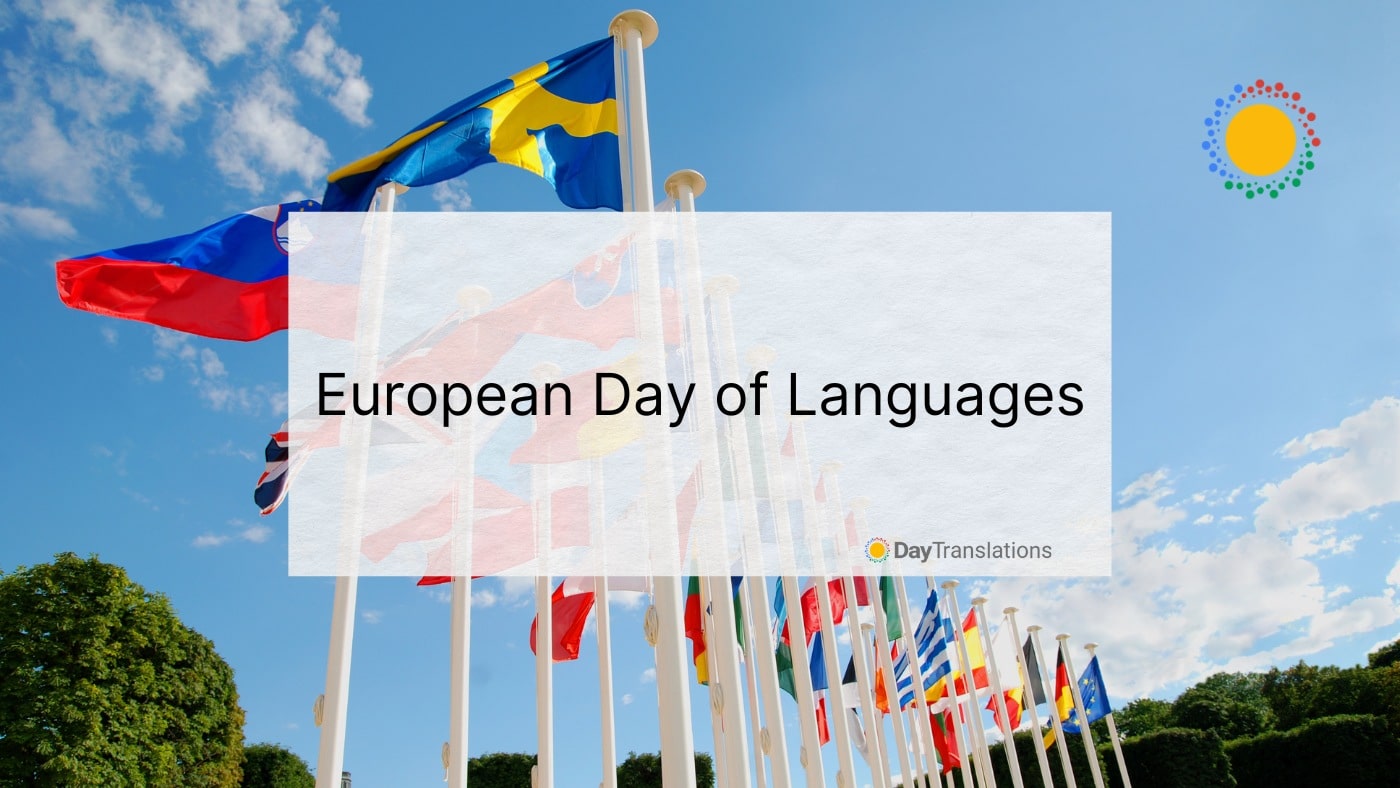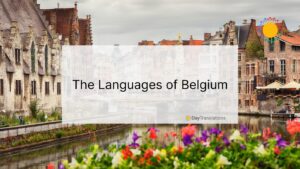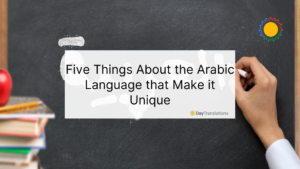First instituted in 2002, the European Day of Languages is a festive holiday that celebrates all European languages. Here at Day Translations, we’re passionate about all languages. In a bid to spread this spirit and promote language accessibility, we’re sharing our insider tips about what makes this day so special!
What is the European Day of Languages?
As the name suggests, the European Day of Languages is a celebration of European languages, and it’s celebrated on the 26th of September every year. It all started out with the European Year of Language in 2001. After measuring the campaign’s success, the Council of Europe instituted the European Day of Languages as an annual celebration to help encourage language learning across Europe.
The central focus of the day is to promote the benefits of learning new languages. It also highlights the fantastic linguistic diversity of Europe and aims to encourage people of all ages to learn more European languages.
How You Can Celebrate European Day of Languages
If you’re a language teacher, the European Day of Languages can be a brilliant opportunity to spark interest in the minds of your students. Here are some language teaching ideas that you can use to celebrate this day:
- Create quizzes for your students about European dialects and ask them to share some exciting facts.
- Focus on promoting the benefits of learning a new language and multilingualism.
- Host a European food activity that explores not only the various dialects of Europe but also the cultures.
- Watch European films or series with your students.
- Have them learn a song in a European language.
You don’t have to be a language teacher to celebrate the European Day of Languages. If you’re an independent language learner, here are some interesting ways to join in the festivities!
- There are many events and activities hosted throughout Europe on the European Day of Language. Just Google to find celebratory events near you. These could range from conferences to language classes and even cultural exchanges.
- Spread awareness on social media. Share the facts, inspiration, and ideas you gained while learning a European language, and make sure to use the hashtag #EuropeanDayofLanguages to promote your post.
Fun Facts About the Languages of Europe
Now that you know a little more about the Day of Languages (and possibly have a few ideas on how to celebrate this important day), here are some fun facts you might not have known about European dialects, which is at the heart of the European Day of Languages.
💡Europe is home to more than 225 indigenous languages. These languages make up 3% of the world’s total languages.
💡Germanic, Slavic, and Romance are the three primary language families that form the foundations of all European dialects.
💡Russian is Europe’s most spoken language if you count only native speakers.
💡English uses a lot of words that stem from European dialects. There are many French words in the English vocabulary, and a lesser-known influencer, German, also shaped the face of modern English.
Final Thoughts
The general aim of the Day of Languages is to highlight Europe’s linguistic and cultural diversity. It also aims to encourage people to learn more languages to develop their plurilingual skills and promote intercultural understanding. It is in initiatives like these that the future of languages is being protected, and the language barrier is becoming less of a disabler through the ages.












Sorry, the comment form is closed at this time.